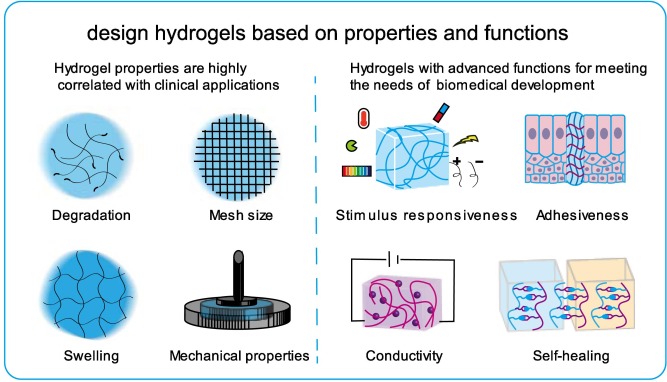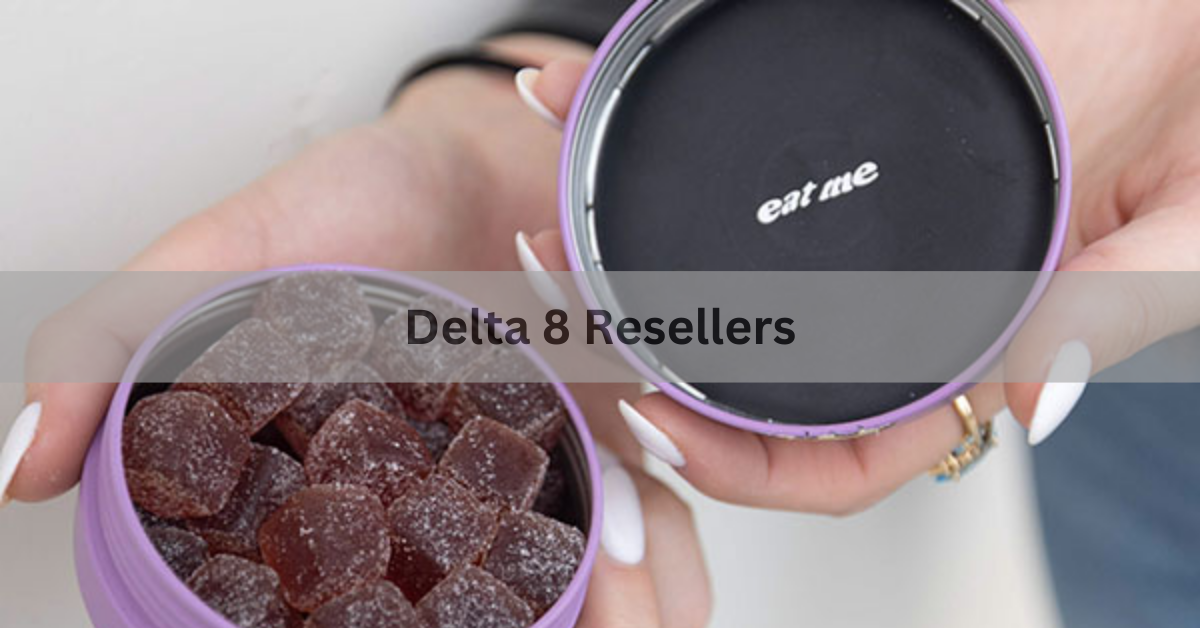If Hema Fg Control Doesn’t Turn Blue – A Complete Overview!
Introduction
In laboratory testing, precision is paramount. Tools like Hema FG Control are indispensable in ensuring reliable results in hematology tests. Designed to validate the functionality of equipment, Hema FG Control uses a color-change mechanism—typically turning blue—to confirm the system’s proper operation. However, when this color change fails to occur, it may signal an underlying issue that requires prompt attention.
This article delves deep into the functionality of Hema FG Control, reasons it might not work as expected, and steps you can take to troubleshoot and prevent issues from disrupting your work.
Understanding Hema FG Control

Hema FG Control is a diagnostic tool used in quality assurance for hematology analyzers. It interacts with specific reagents to produce a blue color change, signifying that the system is functioning optimally.
Its primary purposes include:
- Ensuring Equipment Accuracy: Verifying that hematology equipment provides consistent and reliable results.
- Detecting Errors Early: Identifying potential issues in testing procedures or reagent quality.
- Enhancing Laboratory Efficiency: Reducing the risk of inaccurate test results by confirming the functionality of tools and reagents beforehand.
The blue color change is a key indicator. If the reaction doesn’t result in this change, it could mean something is amiss with the reagents, equipment, or process.
Why Hema FG Control Doesn’t Turn Blue
Several factors can cause the Hema FG Control to fail in producing the expected blue color:
1. Expired or Degraded Reagents
- Reagents lose their effectiveness over time. Expired products or those exposed to improper storage conditions may not trigger the required reaction.
2. Incorrect Storage Conditions
- Hema FG Control reagents must be stored within a specific temperature range (usually indicated on the packaging). Extreme temperatures or prolonged exposure to sunlight can degrade their quality.
3. Equipment Malfunctions
- Testing equipment that isn’t calibrated or is malfunctioning may lead to incomplete reactions, preventing the blue color change.
4. Contamination
- Any contamination—whether in the reagent, sample, or equipment—can interfere with the chemical reactions needed for the color change.
5. User Error
- Missteps in handling or following procedural guidelines can result in incorrect outcomes. It’s essential to adhere strictly to the manufacturer’s instructions.
Also read: Eberspacher D2 Panel De Control Primera Generacion
Troubleshooting Steps
If your Hema FG Control doesn’t turn blue, take the following steps to identify and resolve the issue:
1. Inspect the Reagents
- Check the expiration dates and ensure the reagents have been stored under optimal conditions. Replace expired reagents immediately.
2. Verify Equipment Calibration
- Ensure that your hematology analyzer is properly calibrated. A miscalibrated machine can skew results and hinder reactions.
3. Revisit the Procedure
- Carefully follow the instructions provided by the manufacturer. Even minor deviations can affect the outcome.
4. Check for Contamination
- Ensure that all materials, including reagents and samples, are free of contamination. Clean the equipment and workspace thoroughly before running the test again.
5. Contact Support
- If the issue persists despite troubleshooting, reach out to the manufacturer or supplier for technical assistance or reagent replacement.
Preventive Measures
Prevention is always better than cure. Here’s how you can prevent issues with Hema FG Control:
1. Store Reagents Properly
- Keep the reagents in a cool, dry place away from direct sunlight. Follow the storage guidelines provided by the manufacturer.
2. Maintain Equipment Regularly
- Schedule routine maintenance and calibration for your hematology analyzers to ensure they operate optimally.
3. Train Laboratory Personnel
- Ensure all staff are well-trained in using Hema FG Control, from handling reagents to following procedural steps accurately.
4. Monitor Expiry Dates
- Regularly check the expiration dates on all reagents and replace them as needed.
5. Keep Records
- Maintain detailed records of reagent usage, equipment calibration, and any issues encountered. This can help identify patterns and prevent future problems.
FAQs
Q: What does it mean if Hema FG Control doesn’t turn blue?
It may indicate expired reagents, improper storage, equipment malfunction, contamination, or user error.
Q: How should I store Hema FG Control to prevent issues?
Store it in a cool, dry place within the temperature range specified by the manufacturer.
Q: Can I reuse reagents if the test fails?
No, always discard used reagents and use fresh ones for subsequent tests.
Q: How often should I calibrate my hematology analyzer?
Follow the manufacturer’s recommendations, but calibration is typically done monthly or after any major maintenance.
Q: Who should I contact for unresolved issues with Hema FG Control?
Reach out to the manufacturer or supplier for technical support or replacement reagents.
Conclusion
Hema FG Control is a vital tool in ensuring the accuracy and reliability of hematology testing. While issues like the absence of a blue color change can occur, understanding the possible causes and implementing the right troubleshooting steps can help maintain smooth operations.
By following preventive measures and adhering to best practices, you can minimize disruptions and ensure your laboratory delivers reliable results every time. For unresolved issues, consult the manufacturer or a technical expert.
Related post
- Also read: 360-583-3190 – Safety Tips to Follow!
- Also read: Cesaro Vs Diego Beast In The East Japan Sportsbook – A
- Also read: Omaha Seeya Wahyala – An Undiscovered Treasure in














Post Comment